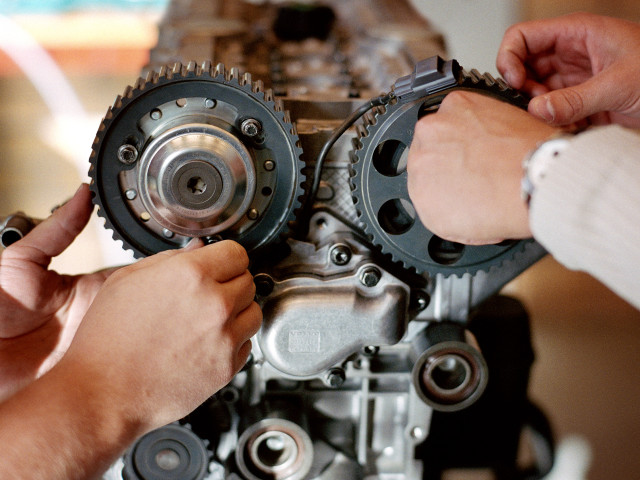Statics: Quantities, units, dimensions, dimension analysis, vector algebra and vector geometry, force, momentum, force system, force pair, reduction result, equilibrium, uncovering, necessary equilibrium conditions.
Particle dynamics: Particle kinematics, in Cartesian coordinates, cylinder coordinates, natural components. Inertial systems, forces and Newton's laws. Work, power, energy, conservative forces, kinetic and potential energy. Movement torque, moment equation; The impulse laws, impact, the impact pulse law.
Linear oscillations in one dimension: free undamped and damped oscillation.
After completing the course the student should be able to:
- read and understand mathematical text applied in the field of mechanics and communicate reasoning and calculations in this field orally and written in such a way that they are easy to follow,
- identify a concrete mechanical problem, and choose suitable mechanical models based on a problem description,
- translate the mechanical model into a mathematical model,
- mathematically treat the problem and critically analyze the significance of the result,
in order to use a physical mindset and communicate this within the framework of engineering science contexts.
